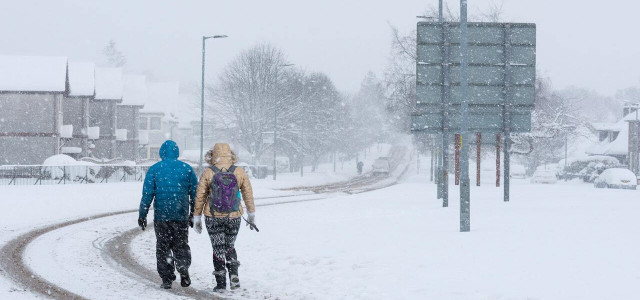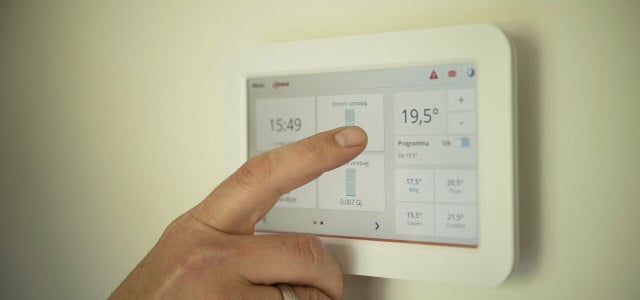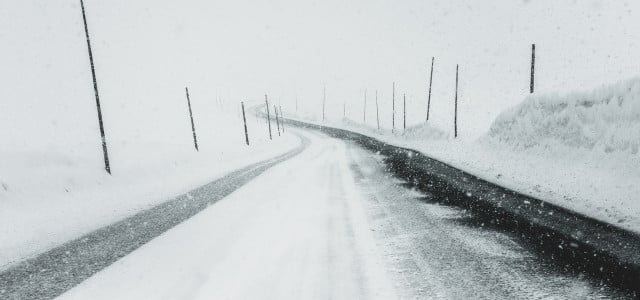Winter storms can be deadly and unpredictable. It’s important to know how to prepare for a winter storm to stay safe. We’ll cover some vital ways to get ready.
Winter storms seem to be getting more severe, and many people are worried about their safety. While there are certain aspects that even proper planning and safety measures can’t account for, being alert and cautious during this time is always a good idea. It’s important to know how to prepare for a winter storm. Do your research and buy supplies in advance if you know a storm might be on the way. We’ll give you 15 things to keep in mind.
Create an Emergency Plan for Your Household

The first thing to do is make sure your family knows what to do in the event of a winter storm. Your emergency plan should include how to get out of the house and find shelter if you cannot drive away from the snow. This should include the following:
- Emergency contact information
- Evacuation routes
- A designated meeting place in case you get separated
- And if you have pets, make sure that you have a plan for them as well
It should also include what to do if you are trapped in your home for an extended period and how to stay warm. We’ll look at all of these aspects in more detail below.
Gather Emergency Supplies



Ensure you have enough non-perishable food, water, flashlights, and batteries to last for at least three days. Consider having a hand-crank or solar-powered radio to stay informed. The Department of Homeland Security (HLS) also recommends:
- A local map of the area
- A manual can opener for food
- Wet wipes for sanitation
- Whistle to signal for help
- First aid kit with any prescription medicines you need, pain relievers, antacids, medical masks, and disinfectant wipes
- Plastic sheeting and duct tape to shelter your home
- All your important documents passports, ID, and bank records in a sealed container
You can store your go bag in your home, car, and workplace since you don’t know when an emergency may occur.
Keep Your Car in Good Working Condition



The NHTSA warns that over 25,000 crashes occurred during wintry weather. It’s vital that you get your car ready in advance for the season. It’s advisable to check all parts of your car, including:
- Tires: Make sure your tires are properly inflated and have enough tread (at least 2/32 of an inch). Regularly check for damage and keep a spare tire in the boot.
- Batteries: As the temperature goes down, it can deplete your battery. It’s worth starting up the car every now and then, so the battery doesn’t run out unexpectedly.
- Wipers: Make sure your windshield wipers and fluid are working correctly. You should also keep a spare de-icer bottle and ensure you replace any faulty wiper blades.
- Lights: Inspect your headlights, brake lights, interior, turn signals, etc, to make sure your car is prepared for the road.
Look to keep your gas tank as full as possible – with a minimum of half a tank.
Insulate Your Home



The first step is to seal any cracks or gaps in your windows and doors to prevent drafts. This will help keep your home warm and reduce your energy usage. You might also:
- Add weather stripping to doors and windows to reduce air leakage.
- Insulate your attic and walls to keep warm air inside.
- Use heavy curtains or window film to insulate windows.
- Keep the heat on during the storm to maintain a consistent temperature inside.
- Keep an emergency kit with extra blankets, warm clothing, and candles or flashlights in case of a power outage.
- Keep your gutters and downspouts clean to prevent ice dams from forming on your roof.
Install a Programmable Thermostat
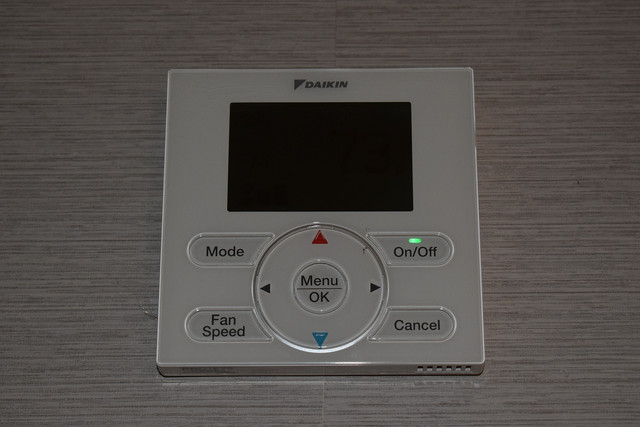


This will allow you to set your thermostat to automatically lower the temperature when you’re not at home or when you’re asleep. Generally, you can purchase a digital thermostat from your local hardware store. You can have a professional install a new one or find guides online to do this yourself.
Assemble an Emergency Heating Options



It’s good to have a backup plan in case your power goes out, such as:
- Candles: Candles can provide a small amount of heat and light. Place them on a heat-resistant surface and keep them away from flammable materials.
- Oil lamps: Oil lamps can provide a significant amount of heat and light during cold weather. But use them with caution and keep them away from flammable materials.
- Fireplace or wood stove: If you have a fireplace or wood stove in your home, use it as a heat source during an emergency. Be sure to have a supply of dry, seasoned firewood on hand.
- Propane or kerosene heater: Portable propane or kerosene heaters can provide heat in an emergency, but they require ventilation and should be used cautiously.
- Blankets and clothing: Keep warm blankets and clothing on hand for an emergency. Wear layers of clothing to trap heat close to your body.
- Sleeping bags: Sleeping bags can provide insulation and keep you warm.
- Hand warmers: Hand warmers are small, disposable, or reusable packets that can provide heat for a short time.
Remember that any emergency heat source can be dangerous if not used properly, so be sure to follow all safety instructions and use common sense. Always have a working smoke detector and carbon monoxide detector.
Preparing Around Your Property



In the event of an incoming storm, there are a few steps you can take to minimize property damage, such as:
- Tying down any outside furniture or equipment.
- Checking your roof for any loose tiles, slates, or debris
- Pruning your trees to prevent branches from flying astray
However, if you live in an area that suffers from recurring storms or severe weather, the best option may be to look at getting more comprehensive home insurance. Ideally, look for options that cover homes or locations most at risk.
Stockpile De-Icers
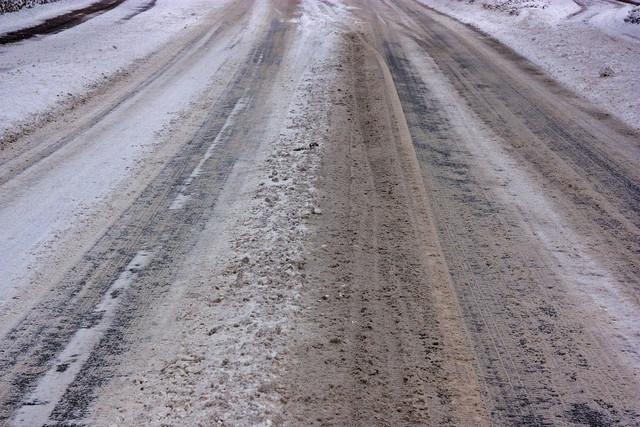


One of the most apparent threats during winter is a fall risk. While there are many factors involved in this, such as age or medical conditions, no one is immune to the perils of ice and snow. By keeping a reserve of sand, salt, or kitty litter, you can use them to melt ice on walkways and driveways, making them less slippery for everyone.
Get Your Tools Ready
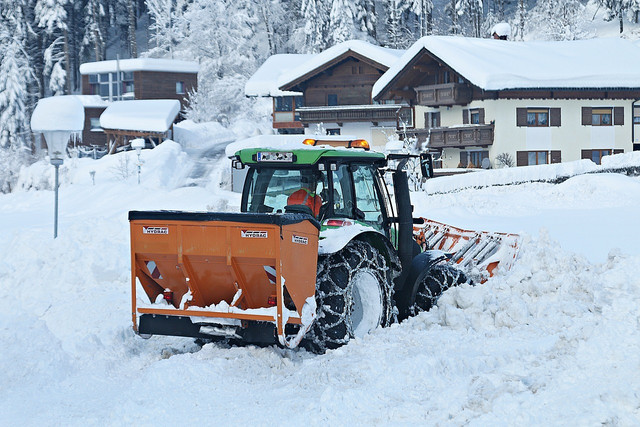


If there is heavy snowfall, snow could barricade you inside your property. Tools like shovels and snow blowers are generally kept in sheds or garages, but it is worth having a spare within the property as well in case you get stuck in. This will also allow you to clear snow and ice from your sidewalks and driveway.
Have a Backup Generator
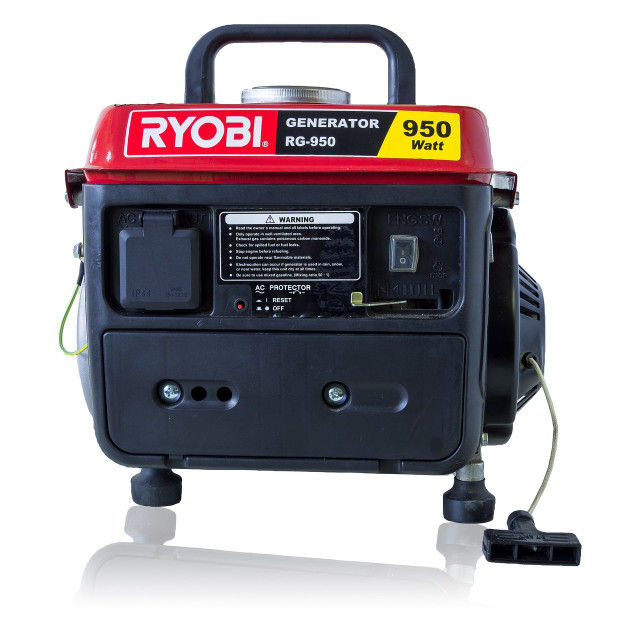


A backup generator will allow you to keep your home warm, power your appliances, and charge your devices in case of a power outage. There are a few types of backup generators to consider:
- Portable generators: These are small, portable units that can be used to power a limited number of appliances and lights. They typically run on gasoline, propane, or diesel fuel.
- Standby generators: These are larger units that are permanently installed outside of a home or building. They automatically turn on in the event of a power outage and can power the entire building. They typically run on natural gas or propane.
- Solar generators: These are generators that use solar panels to convert the energy from the sun into electricity. They are environmentally friendly and do not produce emissions.
- Micro-hydro generators: These generators use the energy from moving water to generate electricity. They are environmentally friendly and do not produce emissions.
Have a Reliable Heating System
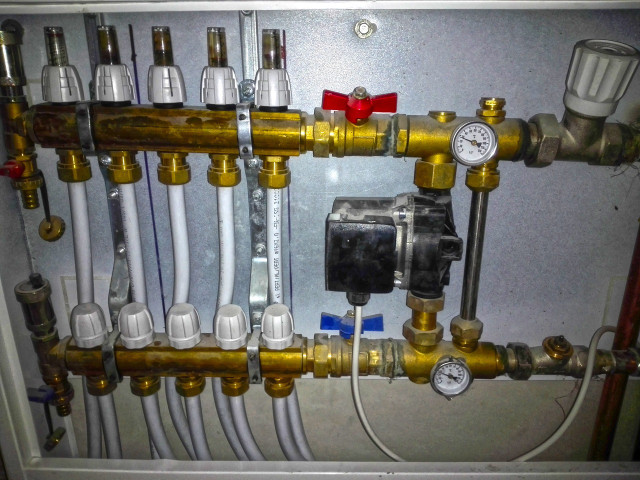


It’s always good to have a backup, even if you have a heating plan in place. However, you can often be better equipped against cold weather if you have a robust heating system in the first place.
Consider using eco-friendly options like a pellet stove, which burns compressed sawdust or wood chips, or a heat pump; there are a few different types of heat pumps – some of which uses the earth’s constant temperature to heat or cool your home. While they do need electricity to run, they require far less energy than conventional heating systems.
Have a Backup Communication Plan
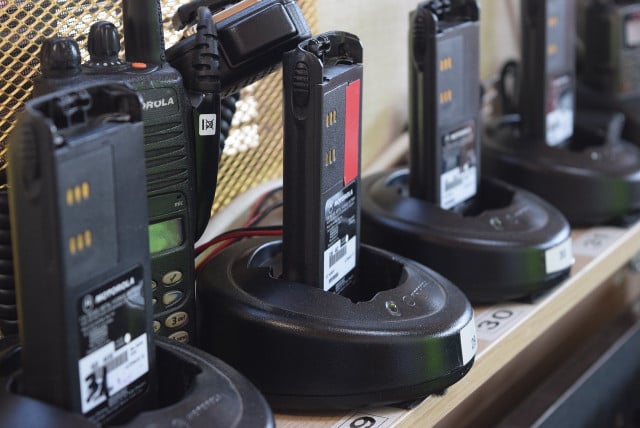


Keep a list of phone numbers of family and friends, and make sure you have a way to charge your phone, like a solar charger, hand-crank charger, or even a walkie-talkie system. Additionally, it is worth keeping a physical copy of emergency numbers in a safe location in your home or emergency kit. For instance, aside from 911, you can note:
- The number of your local energy supplier
- The Poison control center: 1-800-222-1222
- Non-emergencies municipal services – 311 (though check if you have this available in your area)
Keep Your Pets Safe



Your furry friend needs a bit more attention during inclement weather. To keep your pets safe during a winter storm, you should:
- Bring them indoors: Keep your pets indoors as much as possible during a winter storm. If they must be outside, ensure they have a warm and dry shelter to protect them from the elements.
- Provide warm bedding: Make sure your pets have warm bedding to snuggle up in, such as a dog or cat bed with an extra blanket or pillow.
- Keep them hydrated: Make sure your pets have access to fresh water at all times. Cold weather can decrease a pet’s appetite and thirst, so checking on them regularly is essential.
- Keep an eye on their paws: Snow and ice can be tough on a pet’s paws. Check your pet’s paws often for signs of frostbite or other cold-weather injuries.
- Keep them well groomed: Keep your pet well-groomed during the winter to remove any dead or matted fur. A thick coat will help keep them warm.
- Keep ID tags and microchip current: Make sure your pet has updated identification tags and a microchip in case they get lost during a storm.
- Lastly, never leave your pets alone in a car during cold weather, as cars can act as refrigerators that hold in the cold and cause the temperature inside to drop rapidly.
Stay Informed



Keep an eye on weather forecasts and updates from local officials. Have a reliable weather app on your phone or device. If you don’t already have one installed, you can use any of the following:
- The US National Weather Service
- The National Oceanic and Atmospheric Administration
- The Storm Prediction Center
- CNN Storm Tracker
Gather Water Supplies
In the event that your taps stop running and you aren’t able to get clean water, it is worth having a backup supply of water. You can purchase large water containers from your local hardware store. It’s recommended that you store one gallon of water per day per person. Aim for a two-week supply if you don’t know how long you will be without water.
Read more:
- Reusing Plastic Water Bottles: How to Do It Safely
- 12 Self-Care Ideas for Winter
- 7 Sustainable Winter Coats To Keep You Warm This Season
Do you like this post?







